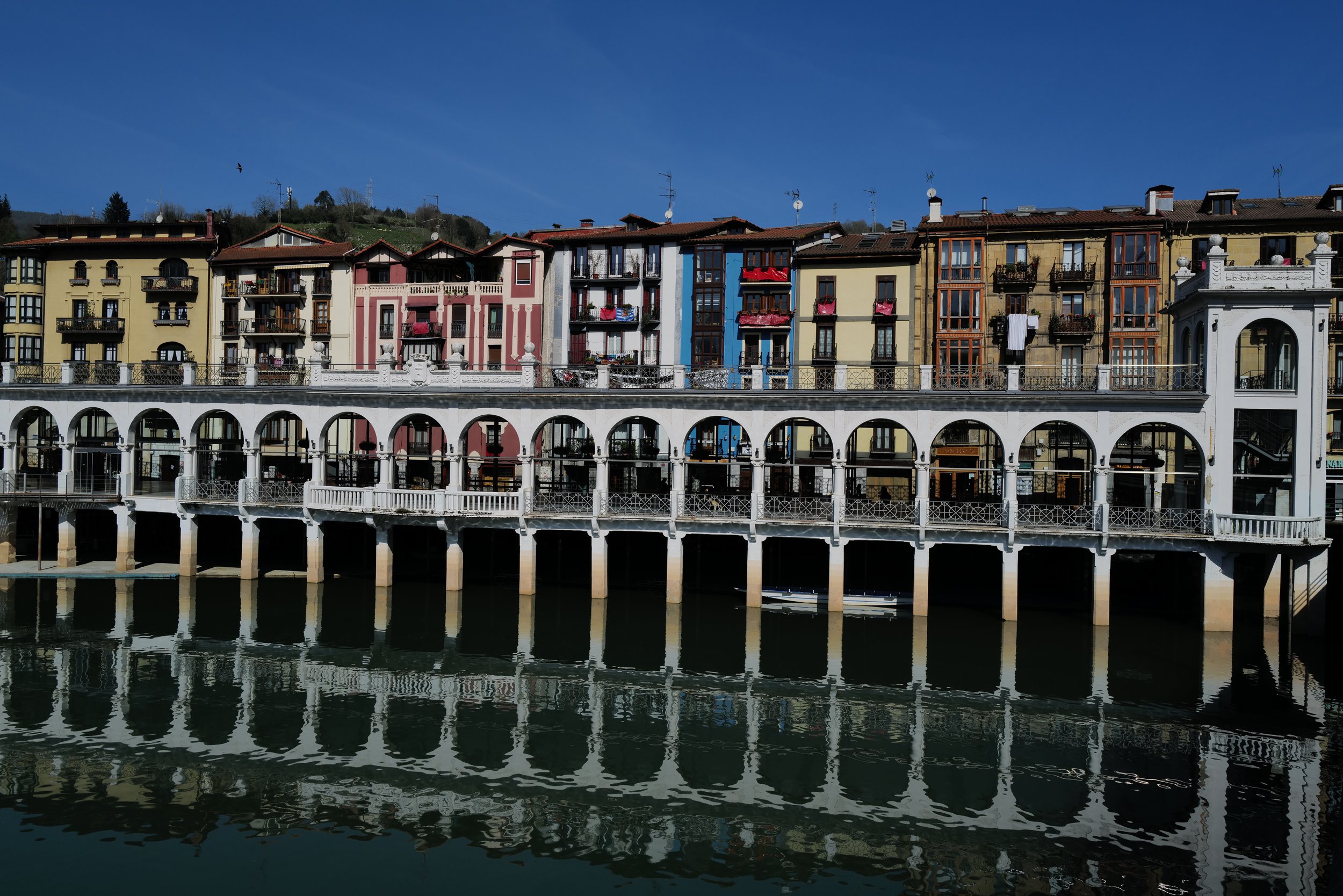Leica Travel Blog,
Travels with a Leica,
Leica Cameras,
Leica Q2,
Leica Sl2-S,
Life with a Leica,
LIFE IN PROVENCE,
Living in the South of France,
South of France,
Luberon,
Bonnieux,
Leica Colors
Walkacrossitall
Leica Travel Blog,
Travels with a Leica,
Leica Cameras,
Leica Q2,
Leica Sl2-S,
Life with a Leica,
LIFE IN PROVENCE,
Living in the South of France,
South of France,
Luberon,
Bonnieux,
Leica Colors
Walkacrossitall
Read More
Leica,
LIFE IN PROVENCE,
Leica Travel Blog,
Travels with a Leica,
Living in the South of France,
Leica Q2,
Leica Sl2-S
Walkacrossitall
Leica,
LIFE IN PROVENCE,
Leica Travel Blog,
Travels with a Leica,
Living in the South of France,
Leica Q2,
Leica Sl2-S
Walkacrossitall
Read More
Leica Travel,
LEICA CAMERAS,
Leica Q2 Ghost,
Leica Q2,
Spanish Food,
Steakhouse,
Casa Julian,
Best Steak in the world,
Wanderlust,
Leica Sl2-S,
Leica M Cameras
Walkacrossitall
Leica Travel,
LEICA CAMERAS,
Leica Q2 Ghost,
Leica Q2,
Spanish Food,
Steakhouse,
Casa Julian,
Best Steak in the world,
Wanderlust,
Leica Sl2-S,
Leica M Cameras
Walkacrossitall
Read More


